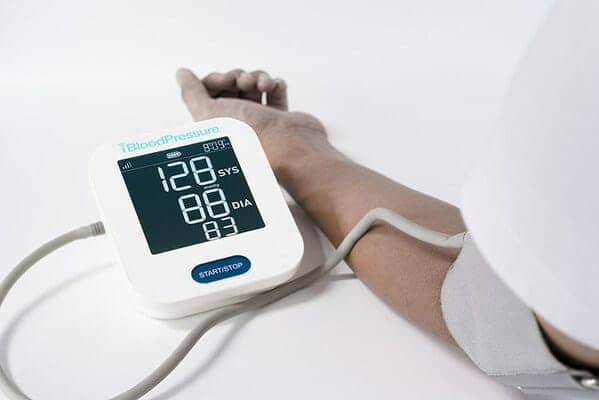Remote Population Management for Preeclampsia

Introduction to Preeclampsia and Remote Populations Overview of preeclampsia: definition, symptoms, and risks Preeclampsia is a hypertensive disorder that affects pregnant women, typically occurring after the 20th week of pregnancy. It is characterized by elevated blood pressure, protein in the urine, and in some cases, damage to vital organs such as the liver and kidneys. […]
Annual Wellness Visits: Benefits and Drawbacks Explored

Introduction Annual wellness visits are becoming more popular among healthcare providers, family physicians, and patients alike. As a medical professional, you may be curious about the benefits and drawbacks of this type of visit. From improving patient-provider communication to potentially overdiagnosing health issues, there is much to consider when it comes to annual wellness visits. […]
Remote Therapeutic Monitoring

Introduction to Remote Therapeutic Monitoring Overview and definition of remote therapeutic monitoring (RTM) Remote therapeutic monitoring (RTM) is an innovative healthcare approach that enables healthcare providers to remotely monitor and manage patients’ health conditions. This technology leverages wearable medical devices and remote patient monitoring systems to collect patient data and analyze it to make informed […]
Transition Care Management

Introduction to Transition Care Management Transition Care Management (TCM) plays a critical role in the US healthcare system, aiming to improve patient outcomes, reduce hospital readmissions, and enhance the overall patient experience during care transitions. Care transitions occur when patients move between healthcare settings, such as from an acute care hospital to a skilled nursing […]
Understanding Chronic Care Management

Introduction Understanding Chronic Care Management (CCM) is crucial for medical staff and healthcare providers as it offers a detailed care plan and coordination services to Medicare beneficiaries with multiple chronic conditions. CCM not only improves patient outcomes but also reduces healthcare costs, increases patient satisfaction, and aids in better coordination of care. Below, we will […]
Remote Patient Monitoring – The Definitive Guide

The Definitive Guide to RPM Introduction to Remote Patient Monitoring (RPM) Remote Patient Monitoring (RPM) is a revolutionary technology that allows healthcare providers to monitor their patients’ health remotely using the latest medical devices and software. With these RPM tools, physicians can collect vital patient data such as blood pressure, glucose levels, and oxygen saturation […]
Chronic Disease Management: Hypertension, Obesity, CHF, COPD

Introduction Chronic diseases, including hypertension, obesity, congestive heart failure (CHF), and chronic obstructive pulmonary disease (COPD), are among the leading causes of morbidity and mortality in the United States. The prevalence of these conditions has increased over the years, putting a significant strain on the healthcare system and negatively impacting the quality of life for […]
Maximizing Patient Outcomes: The Benefits and Limitations of Population Health

Population health is a term that has been gaining traction in the healthcare industry over the past decade. It represents a comprehensive approach to health that aims to improve the health of entire populations through the prevention, promotion, and management of chronic conditions. As healthcare systems around the world continue to grapple with rising costs […]
A Short History Of Population Health

Introduction Population health is a term that covers the entire spectrum of how public health, medical care, and technological advances play a role in managing and improving the physical health of populations. Though this modern idea of population health has only recently become popularized, its roots date back centuries to pre-industrial societies and the Industrial […]
